It’s likely that this will be my last beekeeping post of the year, and can I just say… right after randomly adopting some donkeys, and then getting chickens, having bees on the farm was one of my best ideas yet.
(Yes, even when I got stung in the jugular the first day I brought them home.)
I’m still an incredibly novice beekeeper, but I’m also a quick study. I’m hoping that will work in my favor when it comes to overwintering my two hives.
Here’s how that works…
Just for reference, in the summer a worker bee will live for approximately 6 weeks and is responsible for making about 1/2 teaspoon of honey. In the winter a worker bee can live for 6 months. (In summer they basically work themselves to death.) The queen, on the other hand, can live several years. So, in winter, the job of the hive is to protect the queen so she can start laying again in spring and create a new hive-full of workers.
As soon as the temps drop they form what is know as a “winter cluster.” Basically they all just huddle around the queen, moving their wings and vibrating to create heat. The outer part of a winter cluster might be somewhere around 40 degrees, but the center– around the queen– is around 80. Even in sub-zero temps. (Are bees the most amazing little creatures ever, or what?)
Anyway, to keep up their energy for all of this space-heating, the bees use honey. I left both of my hives with 2 deep boxes of honey (which is about 100 pounds each, double what I harvested from each hive.) I also have “leftover” honey from each hive that wasn’t quite ready for human consumption that I’ve frozen to feed back to them in spring.
Right now I have one strong hive, and one that has me a bit worried, but there’s not a whole lot I can do at this point, other then make sure they’re prepped for winter…
Mostly what that meant was pulling off any “extra” boxes on top of the hive, and then adding mouse-guards on the entrances…
Some people use 1/4″ wire mesh (which I have plenty of) but this year, for my first hives, I decided to buy legit mouse guards. These reduce the entrance of the hive… let the bees enter and exit, and keep any hungry mice that may be looking for shelter and a honey-feast out of the hives.
I also left all sprouted broccoli in my garden beds after I cleaned everything else out since the bees were still actively collecting pollen from the flowers…
I’m actually going to plant some near the hives next year, just for the bees.
And, since my recent tree removal left the hives a little more exposed than I expected, I may also stack some straw bales close to the hives to prevent a windbreak. Then it will basically be up to them until spring, when I’ll start feeding them again.
As for the rest of the bee equipment, I have several “boxes” (usually called “supers” or “honey supers”) as well as the frames I harvested honey from that need to be stored for the winter. After harvesting the honey I left the supers and frames out for the bees (and wasps, and flys, and ants) to clean any remaining honey from…
Then I stacked them in the garage for a while, and just this weekend got around to legitimately storing them for winter. The trouble is that most of the frames already have comb drawn out on them. If you don’t remember, here’s what it looks like when bees are drawing out comb (top and middle), and once it’s complete they fill it with honey and cap it (right)…
The first year bees spend a lot of energy drawing out comb, so the nice thing about the second year is that all that work is already done and they only have to fill the comb with honey. The problem with storing frames that have wax on them like this? Wax moths.
Yeah, that’s a thing. Wax moths are a bitch… like many parasites. And you can’t really treat them in an infested hive, so your best bet is to have strong hives and make sure your equipment is protected through winter.
To do this I stacked them on a piece of cardboard and taped all the seams with painters tape…
From here you can put wax-moth deterrent called Paradichlorobenzene (more commonly known as PDB, because try saying that shit after a couple of beers) on a piece of paper on top of the boxes and then seal it all up, but I saw this fancy drawer on one of the beekeeping sites and had to buy it (so I could deconstruct it and build more for myself later, obv…)
PDB basically like mothballs (except there are chemicals in actual mothballs that aren’t good for bees) and acts as a fumigant to kill any wax moth larve that hatch. So you need a sealed tower of boxes (hence the painters tape) with the PDB on top.
This drawer insert is awesome because PDB should be refilled every few weeks as it evaporates, and instead of needing to untape the stack to refill, I can just pull out the drawer.
Ingenious.
So the bees are tucked up and guarded from mice for the winter, the boxes are stored in the garage– hopefully safe from wax moths– and I’ve got enough honey to get me through until next year. All in all, I’d call my first year of beekeeping a success!
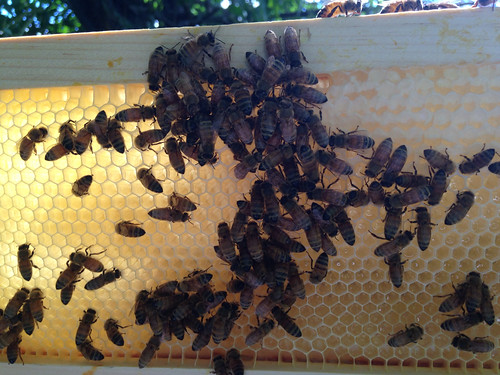
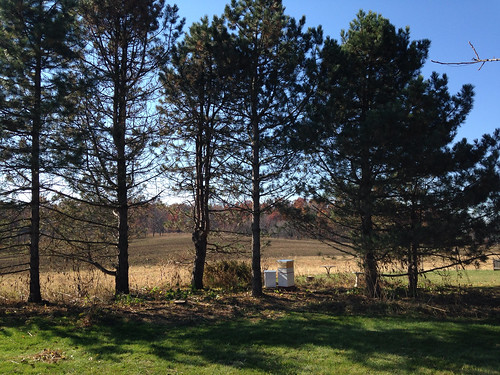
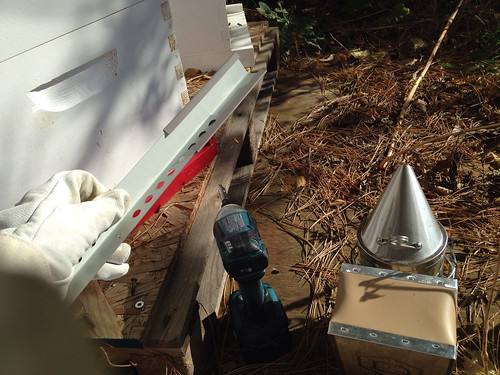
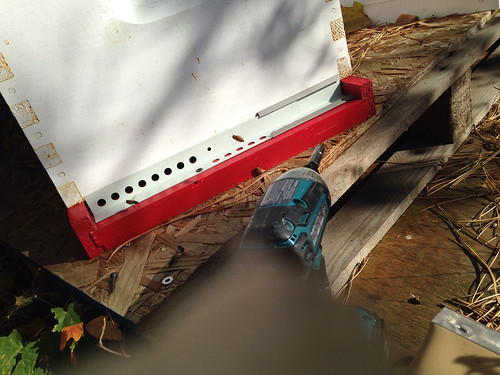
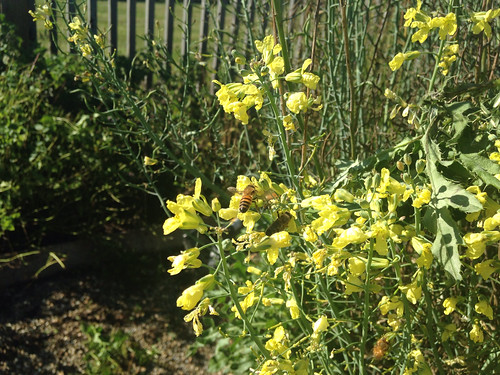
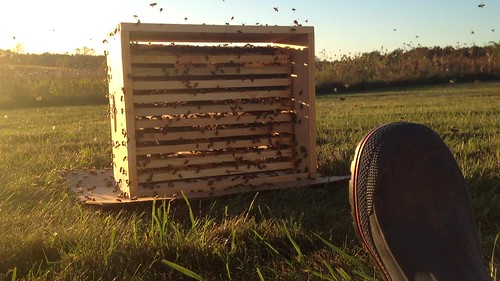
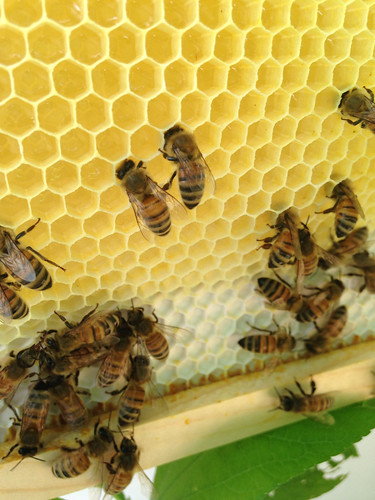
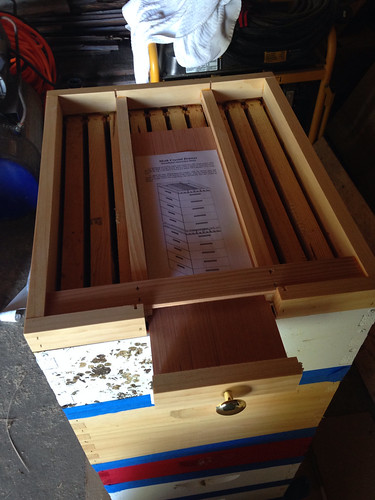
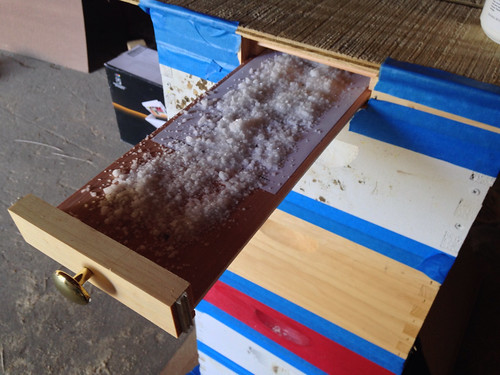
No comments:
Post a Comment